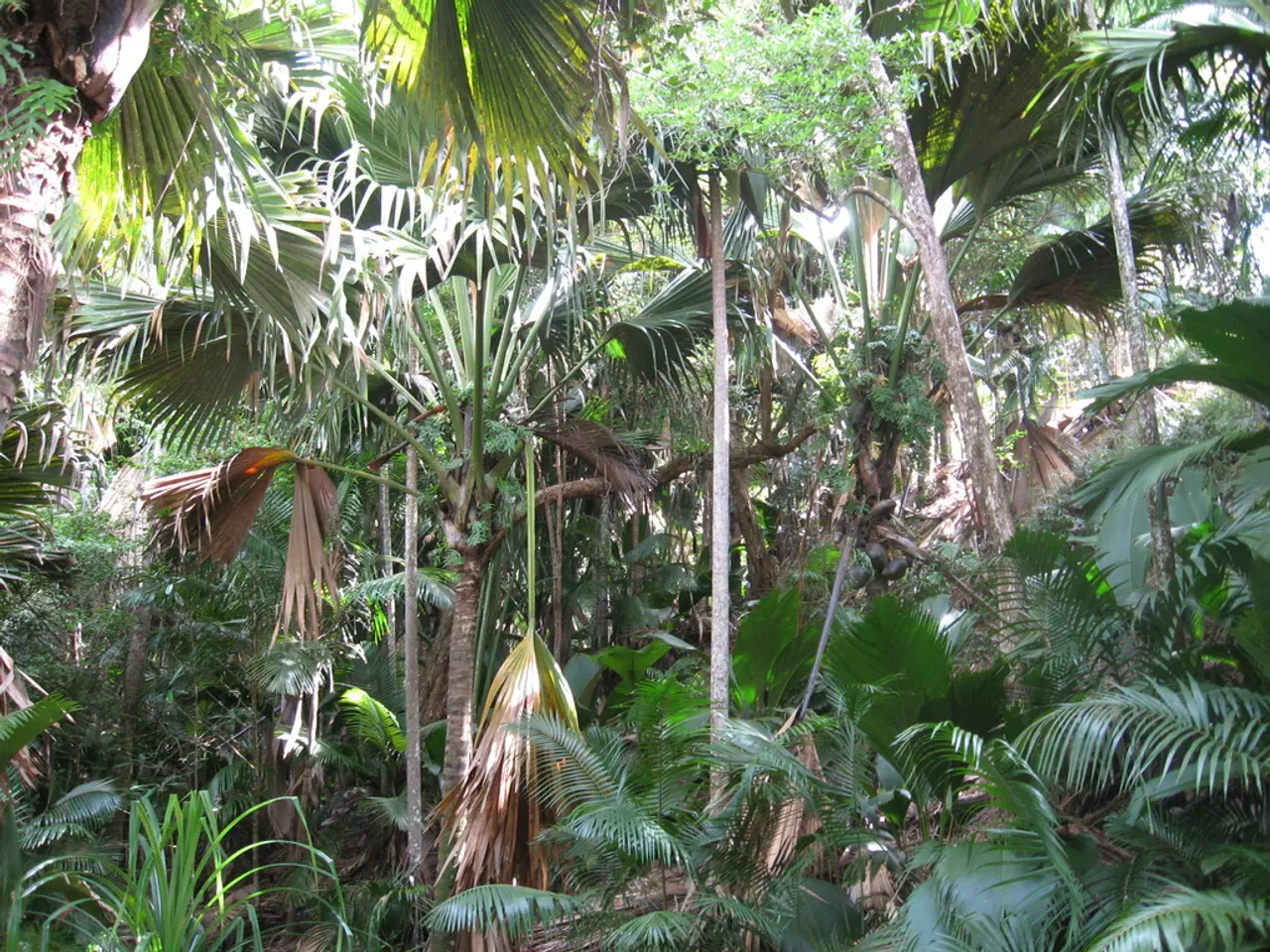Indigenous Land Conservation as a Solution to Alleviate Climate Catastrophe
Indigenous communities around the world have a deep spiritual connection to their ancestral lands, which are rich in fauna, flora, and biodiversity. However, these communities often face significant challenges in protecting their lands from exploitation, with many victims of human rights violations.
In Kenya, the Segwer people were forcibly evicted from their lands in the name of forest conservation. This practice, however, is being questioned by experts. Victoria Tauli-Corpuz, the United Nations Special Rapporteur on the rights of indigenous peoples, has reported that forcible eviction from lands is not the best method of conservation.
Recent studies have observed that territories of indigenous communities with land rights are significantly better conserved than non-protected adjacent lands. Indigenous communities' participation in the protection of the environment and its natural resources is a major tool in the preservation of local natural resources and biodiversity.
Unfortunately, non-protected indigenous peoples' territories are more often subjected to oil extraction, over-logging, over-mining, and other harmful activities. The rate of tree cover loss is less than half in protected community and indigenous lands compared to those unprotected lands.
The Dakota Access Oil Pipeline in North Dakota, for instance, contributes to climate change and is a danger to the Missouri River, the primary source of water for the Standing Rock Sioux. In late 2019, nearly 400,000 gallons of oil spilled from the pipeline, damaging the tribe's water supply.
Civil society is demanding harsher laws to protect the environment and protesting against non-compliant governments and corporations. France, for example, has affirmed that it won't pursue new trade agreements with countries not adhering to the Paris Agreement.
Countries like Brazil, which involve indigenous communities in protecting the Amazon rainforest, actively engage in safeguarding indigenous rights and environmental protection. International legal developments, such as the International Court of Justice recognizing a sustainable environment as a human right, also push states globally to incorporate indigenous peoples as key actors in climate crisis efforts.
Indigenous lands hold nearly a quarter of aboveground tropical forest carbon, equal to more than 250 times the carbon dioxide emissions from global air travel in 2015. Traditional indigenous territories encompass around 22% of the Earth's surface and hold 80% of the planet's biodiversity.
Leading efforts in ensuring indigenous rights and protecting the environment are countries like the Philippines, Mexico, Canada, Papua New Guinea, and Namibia. African leaders have pledged their commitment to a unified international response to climate change.
The number of murdered environmental activists has doubled in the last 15 years, with around 40% of these deaths being Indigenous people. This underscores the need for stronger protections for these communities and their lands.
Ecuador and Peru have sanctioned oil extraction in an area of forest the size of Italy, home to around 500,000 indigenous communities and filled with biodiversity. This highlights the urgent need for global cooperation to ensure the rights of indigenous communities are respected and their lands are protected.
In conclusion, the protection and conservation of indigenous lands are crucial for the preservation of global biodiversity and the fight against climate change. It is essential that the rights of indigenous communities are respected and their participation in environmental protection is encouraged and supported.
Read also:
- Peptide YY (PYY): Exploring its Role in Appetite Suppression, Intestinal Health, and Cognitive Links
- Toddler Health: Rotavirus Signs, Origins, and Potential Complications
- Digestive issues and heart discomfort: Root causes and associated health conditions
- House Infernos: Deadly Hazards Surpassing the Flames








